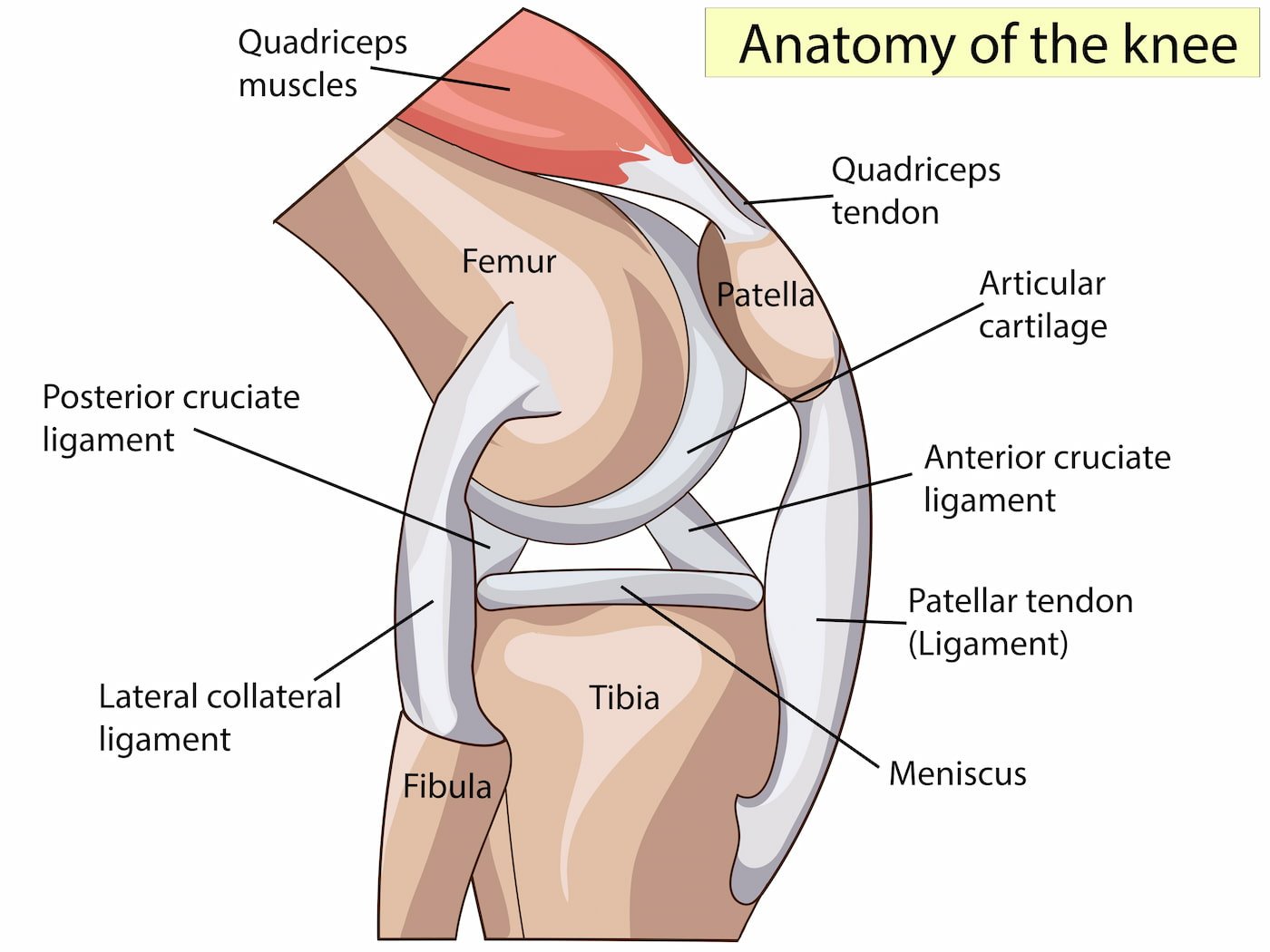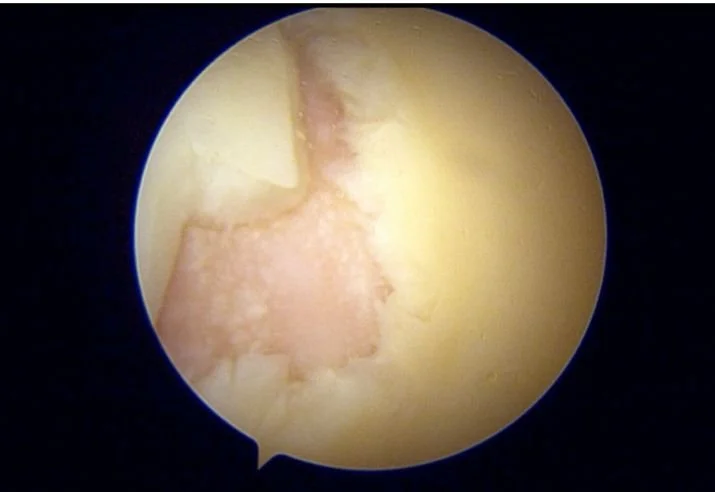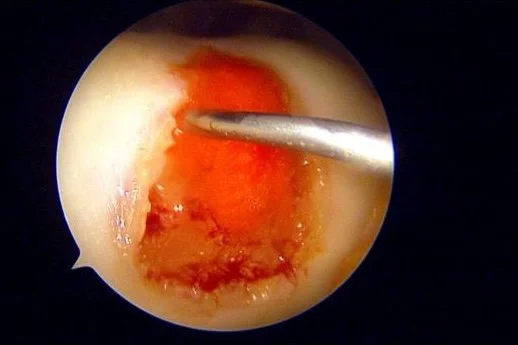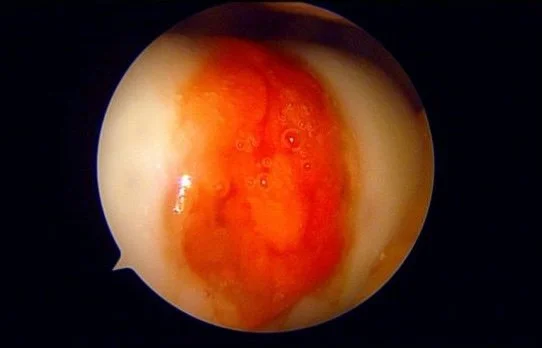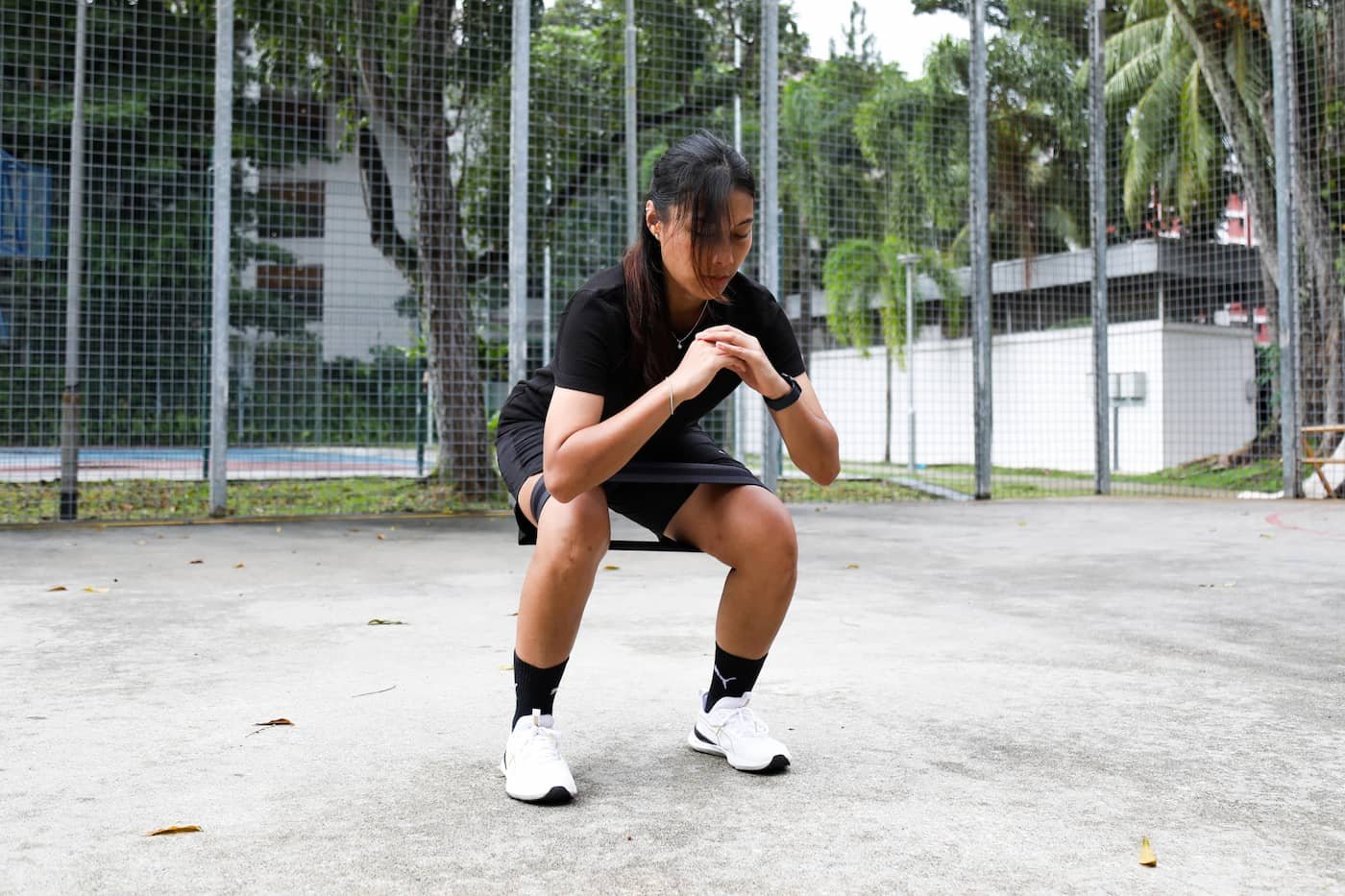
Restoring Function. Embracing Life.
Knee Cartilage Specialist in Singapore
Dr Bryan Wang
Consultant Orthopaedic Surgeon
Trusted Orthopaedic Surgeon | Fellowship-trained in Canada | With over 20-years of experience
What is Knee Cartilage Injury?
Cartilage is a tough, flexible tissue that covers the ends of bones in joints, providing a smooth surface for movement and acting as a shock absorber. Cartilage injuries can range from minor tears to more significant damage, impacting joint function and comfort.
Cartilage injuries can result from various factors, including:
Traumatic injuries, such as falls, sports-related impacts, or accidents.
Overuse or repetitive strain on joints due to sports or physical activities.
Degenerative changes over time due to aging or conditions like osteoarthritis.
Structural abnormalities that affect joint mechanics.
What are the symptoms?
Common symptoms of a cartilage injury include:
Joint pain, especially during movement or weight-bearing activities.
Swelling and stiffness around the affected joint.
Limited range of motion or difficulty fully extending or bending the joint.
A clicking or locking sensation within the joint.
How to Diagnose?
If you have any of the symptoms above, it is advisable to see an orthopaedic specialist for further assessment.
Dr Bryan will conduct physical examination to assess any swelling,
The appropriate treatment is decided after assessment and a collaborative discussion based on your needs. They can be broadly divided into conservative (non-surgical) and surgical options.
Cartilage Injury Treatment
What are my Treatment options?
Treatment for a cartilage injury depends on factors such as the location, size, and severity of the damage. If you have any of the symptoms above, it is advisable to see an orthopaedic specialist for further assessment.
The appropriate treatment is decided after assessment and a collaborative discussion based on your needs. They can be broadly divided into conservative (non-surgical) and surgical options.
Conservative Treatment
Rest and Activity Modification:
Giving the affected joint time to heal through reduced activity and weight-bearing.
Physical Therapy:
Targeted exercises can help improve joint stability, strength, and range of motion.
Medications:
Pain relievers and anti-inflammatory drugs may help manage discomfort and swelling.
Injections:
In some cases, corticosteroid or hyaluronic acid injections can provide relief.
Surgical Treatment
Surgical Options:
For more severe injuries, especially when the cartilage is damaged due to injury, wear and tear, or degeneration, it doesn’t heal well on its own. In such cases, surgery may be recommended to relieve pain, restore mobility, and prevent further joint damage. Surgical interventions like cartilage repair, microfracture, or cartilage transplantation may be recommended.
Types of Knee Cartilage Surgery
1. Arthroscopic Debridement (Chondroplasty)
A minimally invasive “clean-up” procedure that removes loose or frayed cartilage and smoothens rough joint surfaces.
Best for: Small, early cartilage damage
Benefits: Simple, quick recovery, reduces irritation and swelling
2. Microfracture Surgery
Tiny holes are made in the bone beneath the damaged cartilage to stimulate natural healing. New cartilage (fibrocartilage) forms over time.
Best for: Small, contained cartilage defects in younger, active patients
Recovery: Crutches for 6–8 weeks; full healing takes several months
3. Autologous Chondrocyte Implantation (ACI)
Healthy cartilage cells are taken from your knee, grown in a lab, and later implanted into the damaged area to regenerate new cartilage.
Best for: Larger cartilage injuries in younger patients
Benefits: Uses your own cells to restore more natural cartilage
Recovery: Gradual return to sports or high-impact activity in 9–12 months
4. Osteochondral Graft Transfer (OATS / Mosaicplasty)
Healthy cartilage and bone plugs are taken from another area of your knee and transplanted into the damaged site.
Best for: Small to medium-sized cartilage defects
Benefits: Repairs using real, living cartilage
Recovery: Crutches for several weeks; progressive rehab afterward
5. Osteochondral Allograft Transplantation
For larger cartilage injuries, donor tissue (allograft) may be used to replace the damaged area.
Best for: Larger or more complex defects
Benefits: Restores natural joint surface without needing artificial implants
6. Joint Realignment or Replacement
In advanced cases with widespread cartilage loss, realignment surgery (osteotomy) or partial/total knee replacement may be considered.
Best for: Severe cartilage wear or arthritis
Goal: To relieve pain and improve long-term knee function
Scope images of knee cartilage repair
Post Surgical Rehabilitation and Recovery
After surgery, a structured physiotherapy program is essential for regaining strength, stability, and movement.
Early motion exercises help prevent stiffness
Weight-bearing restrictions protect healing cartilage
Consistent rehab ensures the best possible outcome

Why choose Beacon Orthopaedics?
Focused expertise: Dr Bryan Wang is fellowship-trained in Shoulder & Elbow and Sports Injuries (Pan Am Clinic, Canada) and previously served as Senior Consultant (CGH). He has taught at NUS, NTU, and Duke-NUS and is a member of AAOS, ISAKOS, and the Canadian Shoulder & Elbow Society.
Athlete-centred care: Dr Bryan Wang has many years of experience and expertise supporting professional athletes and weekend warriors alike; return-to-sport is built into your plan.
One stop centre: You can expect same-week imaging where appropriate, on-site/partner physiotherapy, and clear return-to-work/sport milestones all within one medical clinic.
Keyhole-first philosophy: Dr Wang believes in approach of Arthroscopic knee surgical repair, knee arthroscopy and advanced solutions.
Ready To Get Confident with Your Knee Again?
If you’re experiencing recurrent knee joint pain, or limited range of motion of the knee, or having a clicking/locking knee sensation, book an appointment with Beacon Orthopaedics, Singapore.
Early, accurate diagnosis and a structured plan can get you back to work, sport, and daily life with confidence.
